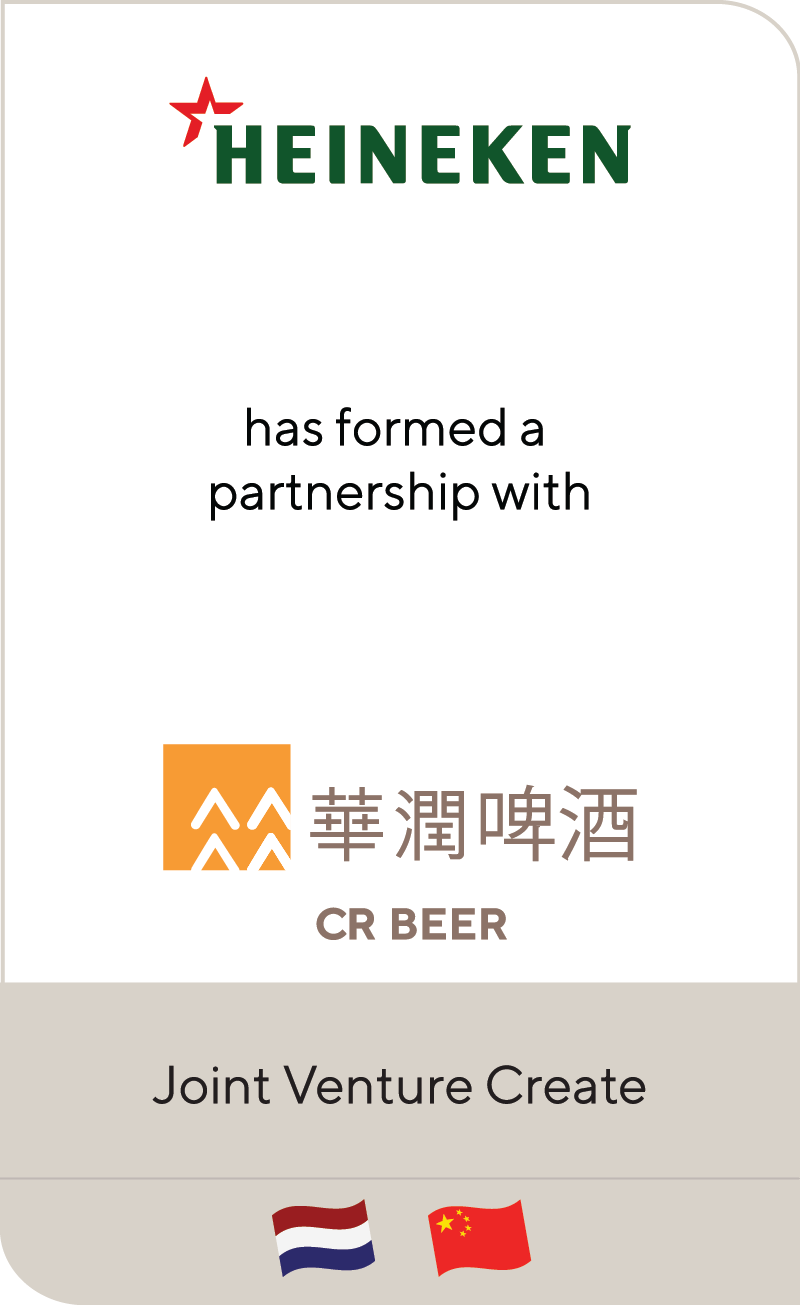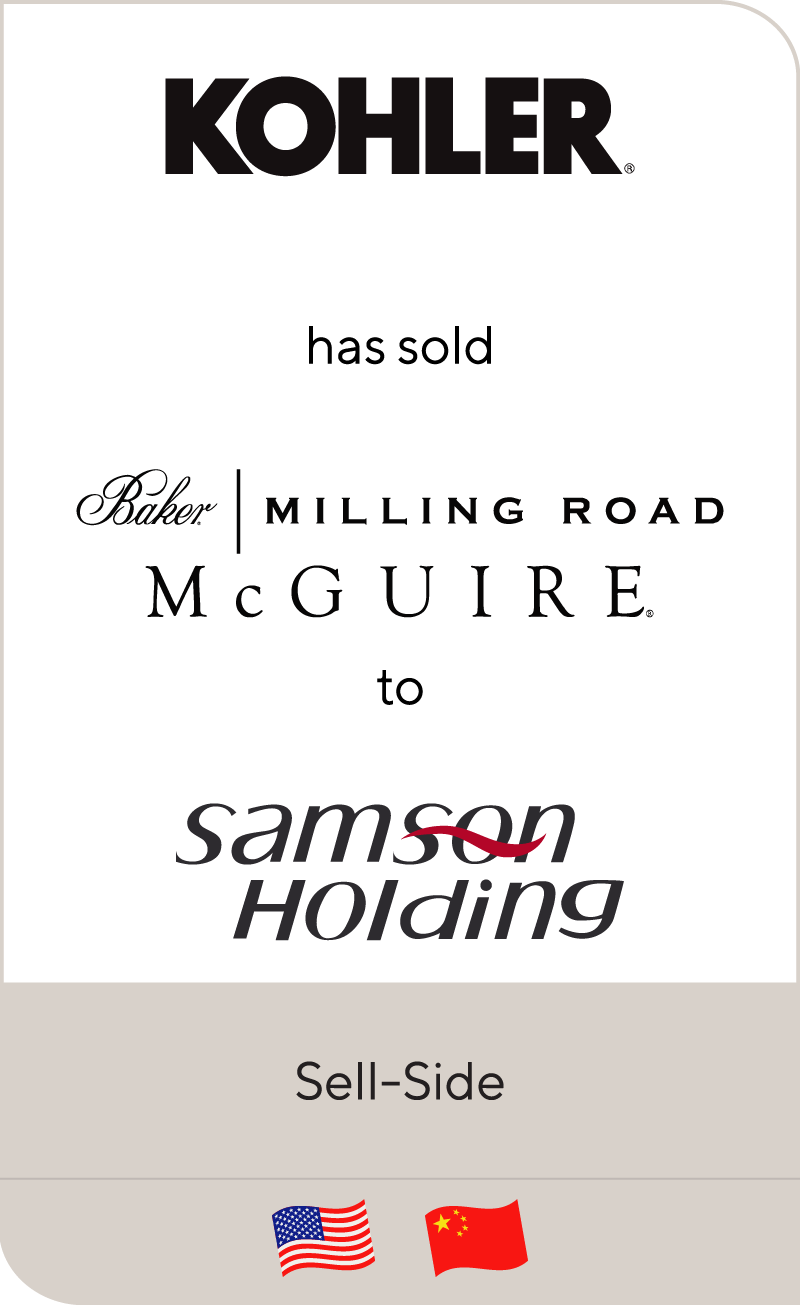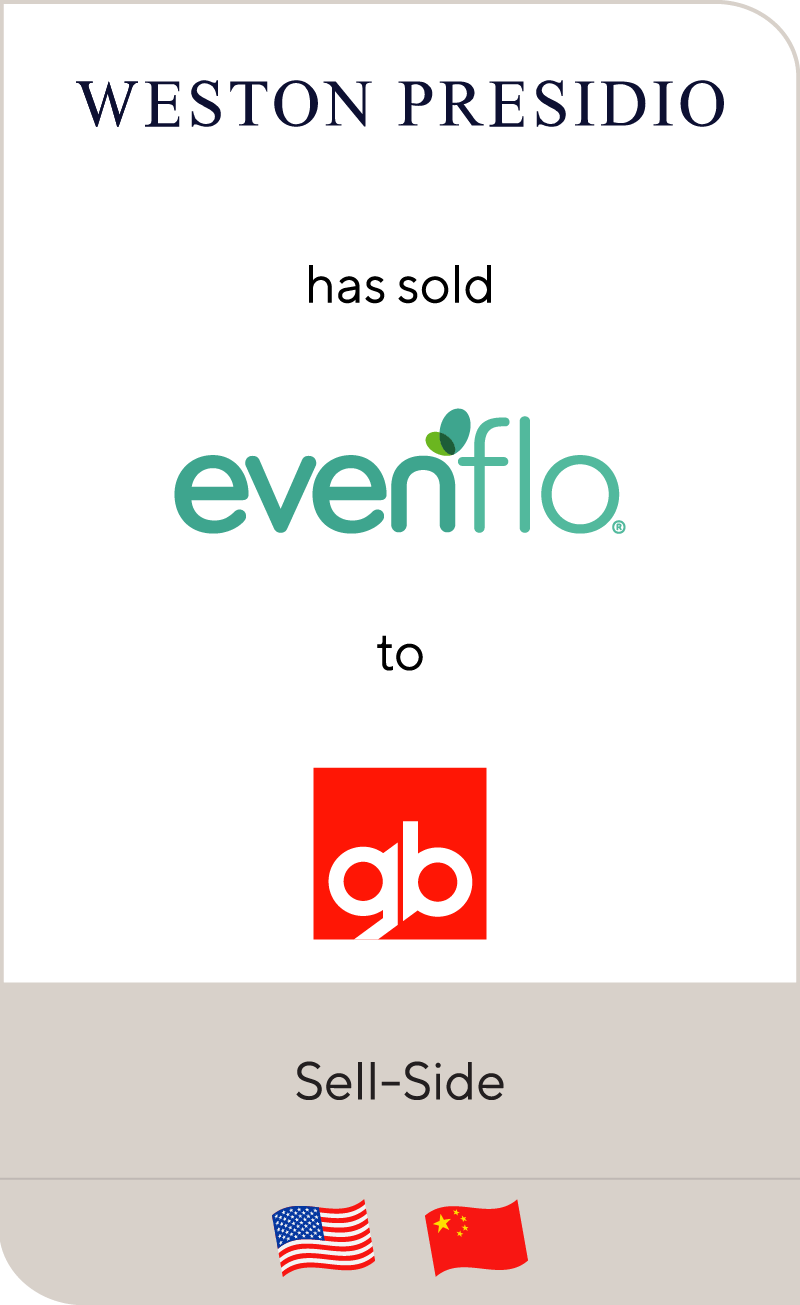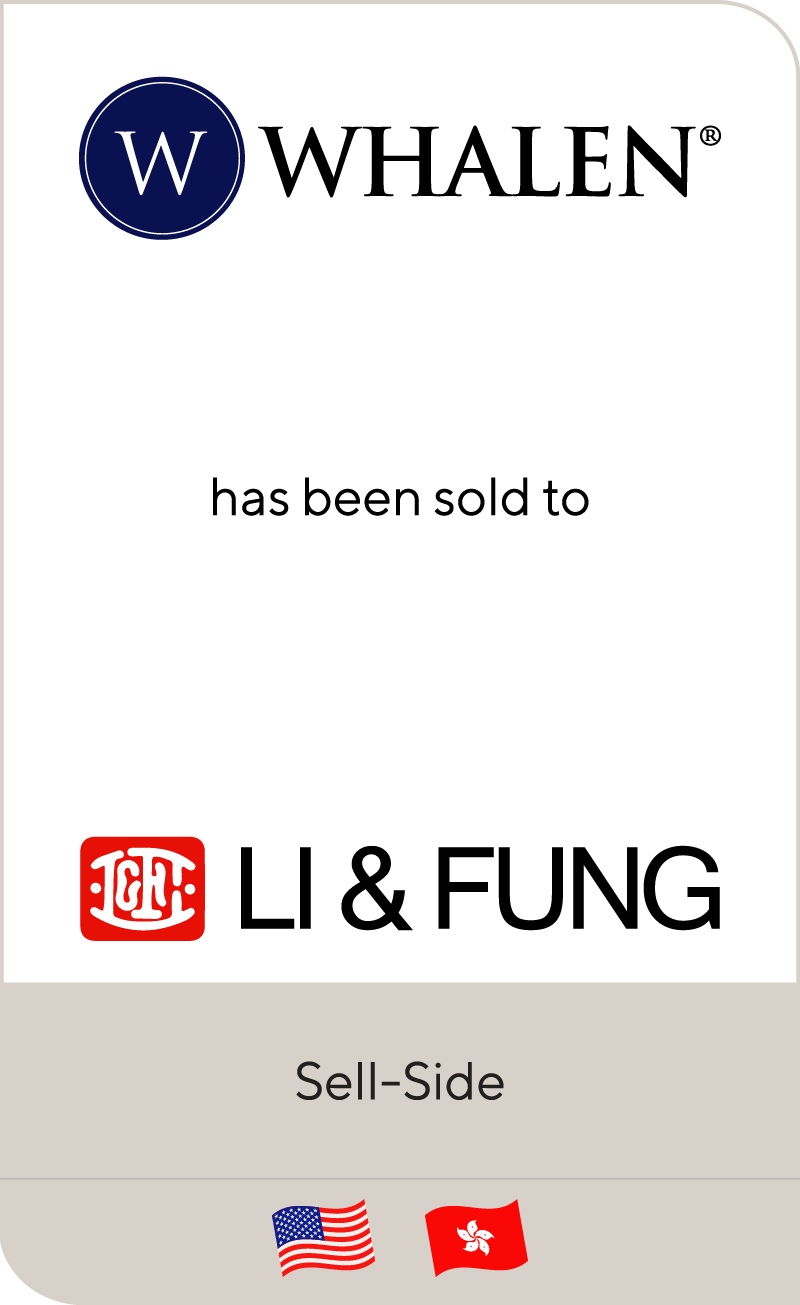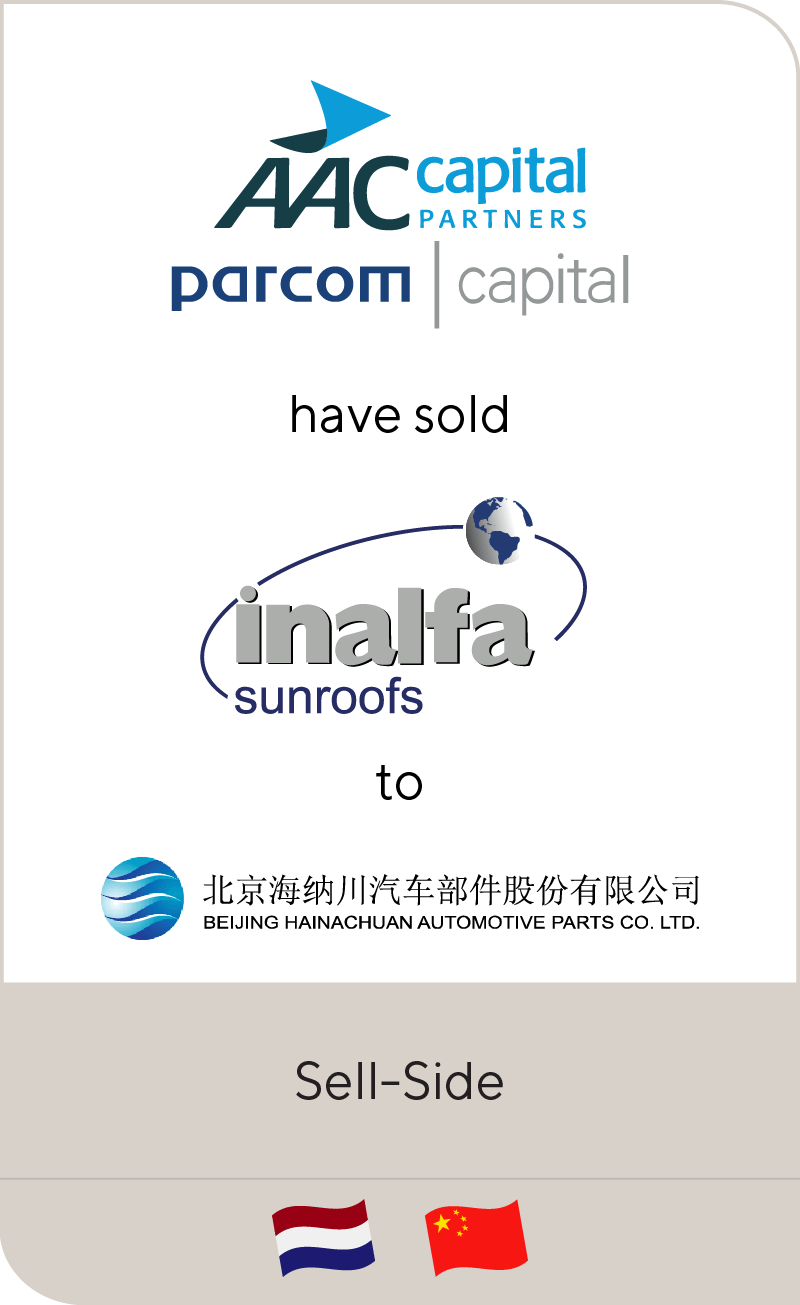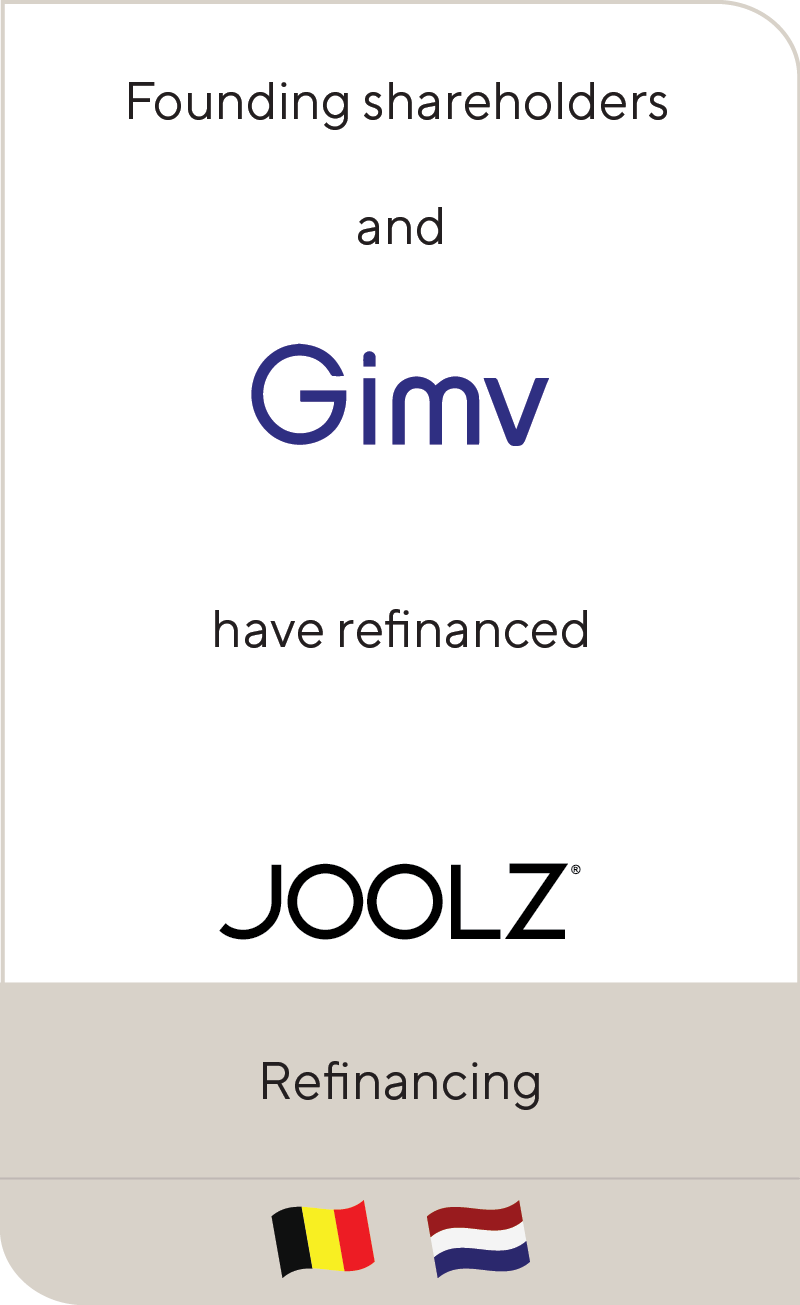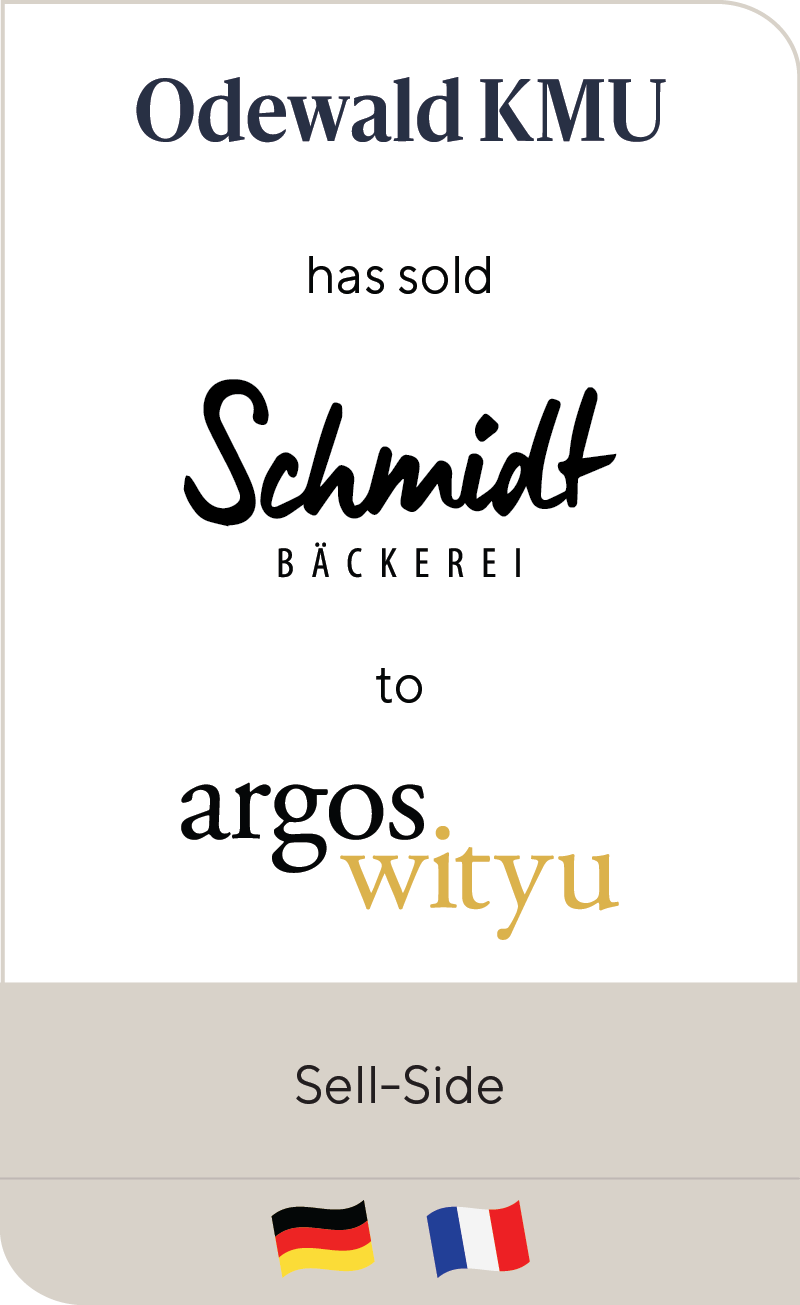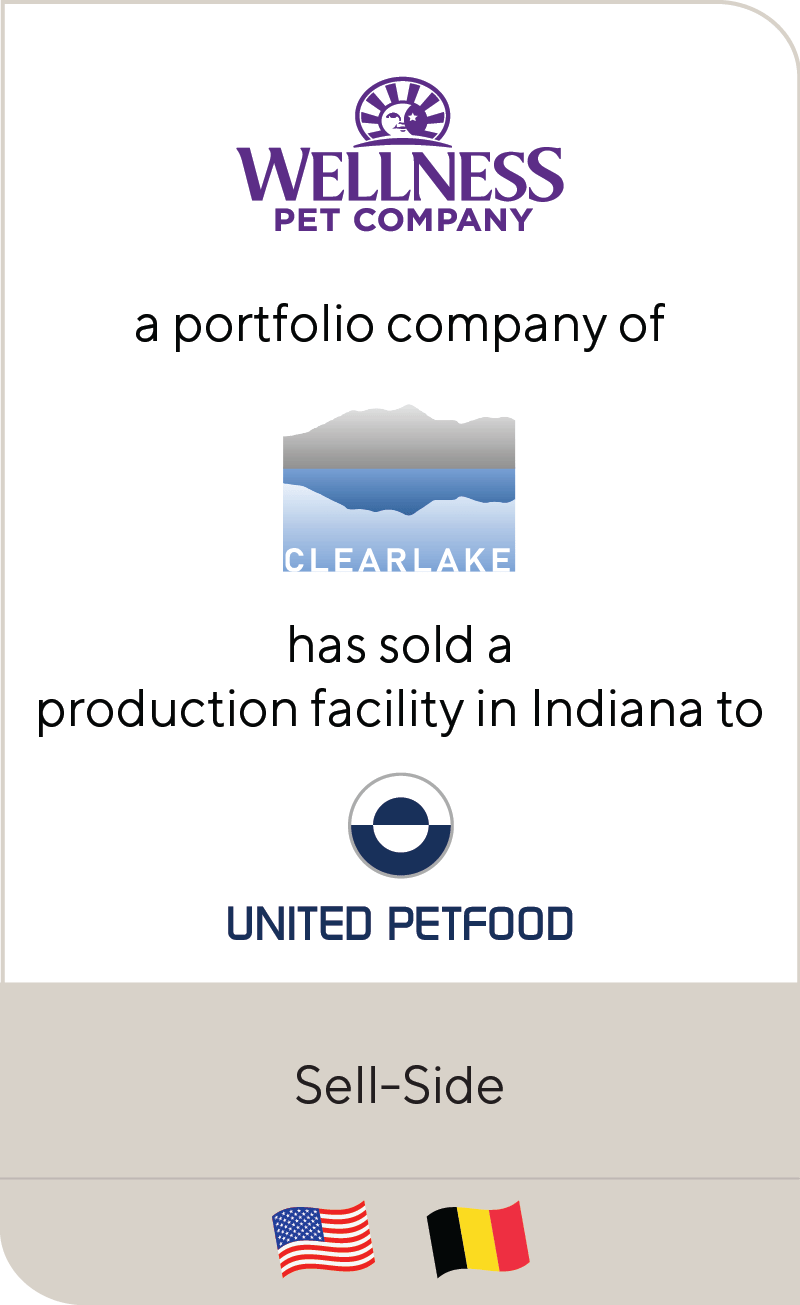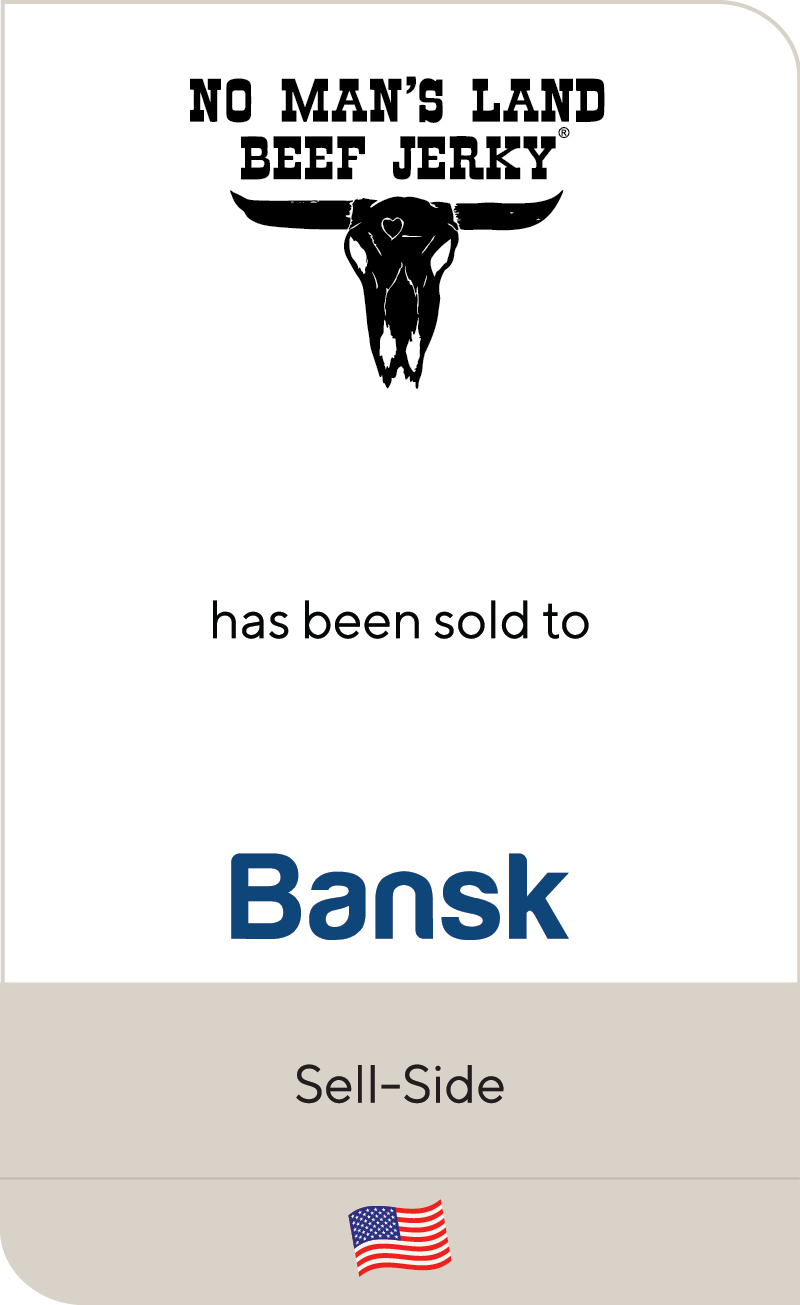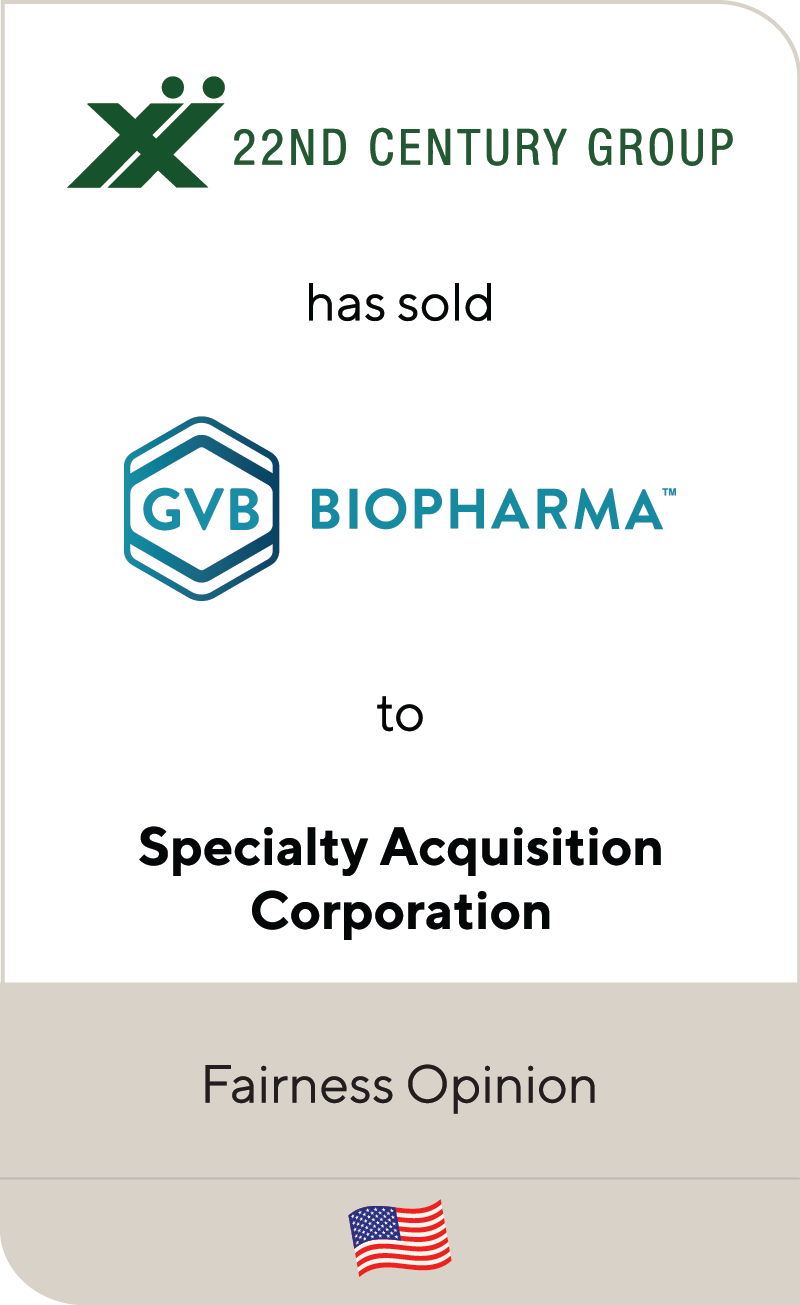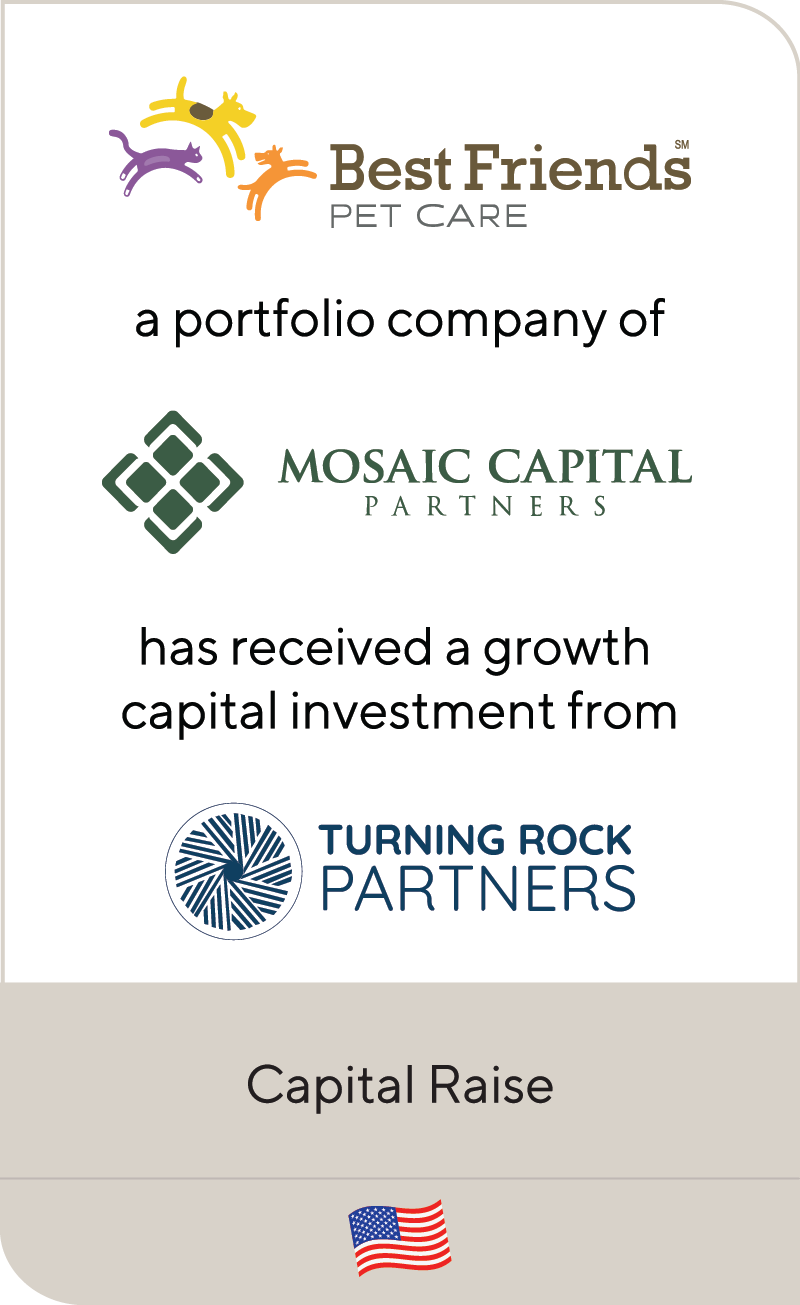For Western Brands, When Chinese Consumers Buy, Chinese Investment Follows
Mar 2021
When Solid Gold, a U.S.-headquartered pet food brand, began selling its gut-healthy pet food through e-commerce giants JD.com and Tmall.com in China, little did they know that they may have struck gold themselves.
Their premium brand was flying off the virtual shelves in China, buoyed by secular trends such as the explosive growth of the Chinese middle-class, the premiumization trends within pet and consumer focus on health and wellness—for both themselves and their pets.
When Solid Gold turned to Lincoln to find the right buyer, bids from China-based investors overshadowed European and North American investor interest. Ultimately, the business was purchased by a Chinese strategic for a multiple that outstripped non-Chinese investors: 23.7X LTM EBITDA.
While Solid Gold had a number of investor suitors, it was the Chinese investors who could reflect the true potential of the Chinese market in their valuations—not just today, but five years down the road.
The Rise of the Chinese Consumer
This deal was Lincoln’s latest in a series of four cross-border transactions involving U.S.- or Europe-based consumer brands and Chinese investors. It is an example of the systemic trends that are driving Chinese consumer demand for Western brands—and the interest of Chinese investors in foreign companies.
| Growing Chinese middle class: For years, global brands have courted Chinese consumers due to the country’s massive population and growing purchasing power. Brands are recognizing that Chinese consumers are on track to become global trendsetters. Today, 20% of the world’s middle-class lives in China. The middle-class in China has been growing exponentially year-over-year and has been projected to hit as many as 1.2 billion people by 2027. China’s middle-class also outspends other nations, with its middle-class estimated to have spent a cumulative $7.3 trillion in 2020. | |
| Premiumization of Western brands: In China, American- and European-made products carry a reputation for quality. This branding has increased the allure of Western imported goods. As Chinese consumers earn more, we expect that consumers will become increasingly willing to pay a premium for high-quality goods. | |
| Emphasis on Consumer Health & Wellness: China’s population is aging; by 2030, 223 million consumers in China will be 65 or older—compared to just 75 million in the United States. With this aging demographic comes an increased emphasis on health and wellness and growing demand for health-centric products. The COVID-19 pandemic has further accelerated this trend in China and on the global stage. |
Summary
-
Lincoln International experts provide insights on how Western consumer brands can attract Chinese investors.
- Click here to download a printable version of this perspective.
- Sign up to receive Lincoln's perspectives
Lincoln Perspective: Appealing to Chinese InvestorsUltimately, to appeal to Chinese investors, Western brands typically need to have traction with Chinese consumers. Chinese investors—from strategics to private equity—often pay higher than anywhere else in the world given the size of the market opportunity within China. Plus, recent stock market surges in China indicate that consumer spending has finally bounced back in China, surpassing pre-pandemic levels. Top consumer sectors drawing Chinese investment interest include food & beverage, health supplements, juvenile products, personal care/beauty and branded pet food. Consumer products with an e-commerce angle will be particularly attractive given COVID-19 shopping habits have turbocharged online buying. The following tips can aid Western consumer brands in these sub-sectors looking to solicit Chinese investor interest:
|
|||||||||||
Recent Foreign Brand and Chinese Investor Transactions
Contributors
Meet Professionals with Complementary Expertise

It’s an exciting time to advise clients in the consumer sector. Major changes in consumer preferences and how products are purchased create a rich environment for business owners and investors to succeed.
Dirk Damegger
Managing Director & European Co-head of Consumer
Frankfurt
I have a hands-on approach and bring energy, creativity and passion to every client transaction.
Eddie Krule
Managing Director
ChicagoRelated Perspectives in Consumer

Lincoln International Managing Directors Recognized as Emerging Leaders
Lincoln International is pleased to share that The M&A Advisor named Managing Directors Adam Gifford, Brian Goodwin, Eddie Krule and Scott Molinaro as recipients in the Emerging Leaders Awards. These… Read More

Food & Beverage Market Update Q1 2024
The M&A market remained somewhat challenged during the first quarter; however, we experienced improved dealmaking conditions.

Consumer, Business and Economic Trends Align to Drive New Interest in Recommerce
Back in 2021, the recommerce industry seemed to have finally hit its stride, with the sector experiencing a surge in transactions, valuations and deal sizes. At the brink of becoming… Read More

The Fitness Investment Landscape
State of the Fitness Market: presented by L.E.K. Consulting Fitness Market Stabilization and Return to Growth Few industries were as negatively impacted by COVID-19 as the in-person fitness industry. Deemed… Read More


